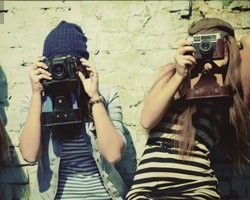Once a photographer gets comfortable shooting on manual settings in ideal lighting, it's fun to try to push beyond "easy" and get creative. Backlit photography creates so much emotion and can take images from standard to stunning! Photography will come alive with a touch of whimsy, romance, and mystery with dream-like images that glow. Shooting in full manual mode will give you the most control of your settings. If you shoot in auto, your camera will think it is exposing for the bright light and leave your subject under exposed.
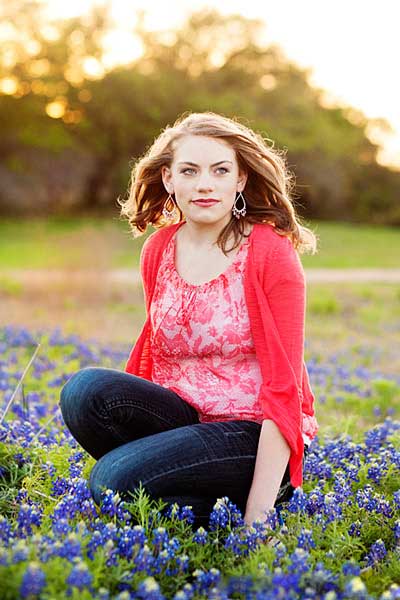
Here are 5 steps for creating great backlit images.
1. It's all about location.
If you are just learning to shoot backlit images, finding a good location will really help you on your way. I've found a great spot not too far from me that works every time the sun is out. I know it's best in the evening, too. It's a big, open field, and a wall of trees stands in the distance to the west. Once you learn to shoot backlit images in a controlled environment, it becomes easier to do in other situations as well. When the sun goes down just below the trees, I've found it to be the perfect recipe for amazing images. The sun is diffused just a touch by the trees, and it throws out a golden glow on the entire field. The trees work as a filter that lets the light peek through, but not too much. It looks almost like fire with the sunbeams blurring out the tips of the trees. Standing at just the right angle from the subject helps immensely, and you'll find this by simply moving around until you get the perfect spot.
2. Pay attention to the time of day.
The best times to get a lovely backlight glow is just after the sun rises in the early morning or before it sets at the end of the day. You may have heard photographers talk about the "golden hour" — the hour after dawn or about an hour before dusk is what they’re talking about. The sun simply glows! When the sun is lower in the sky, the glow permeates the landscape around it. The sun must be in the background of your subject, which will also show the rim light around the edges of the subject. If you do choose to try backlighting in full sun in the middle of the day, make sure your subjects are turned so that their faces are in even light and not towards the harsh rays of the sun. This way you'll have the rim light behind them and an even exposure on their faces.
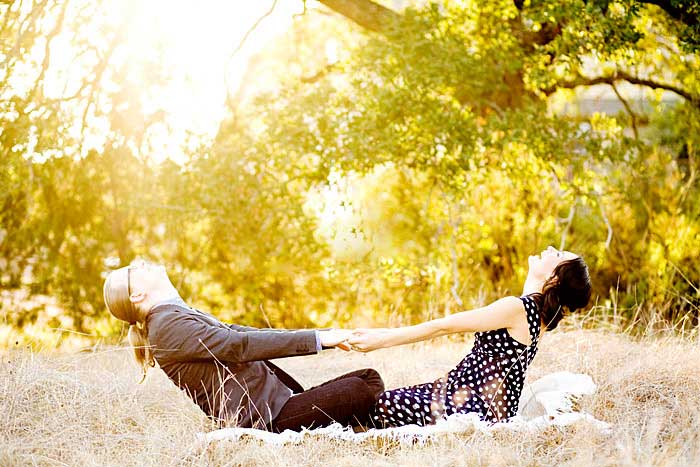
3. Focus and recompose.
Focusing with backlight can be tricky. The automatic focus on the lens gets confused with the light coming towards you, so I often tilt my camera down by the subject’s waist, set my focus, then move it up towards their faces. This way it doesn’t take too long to grab the focus, and I can capture candid moments without much effort. It also helps to get the best exposure with the subject blocking the sun while you grab settings. Then you can move about as needed.
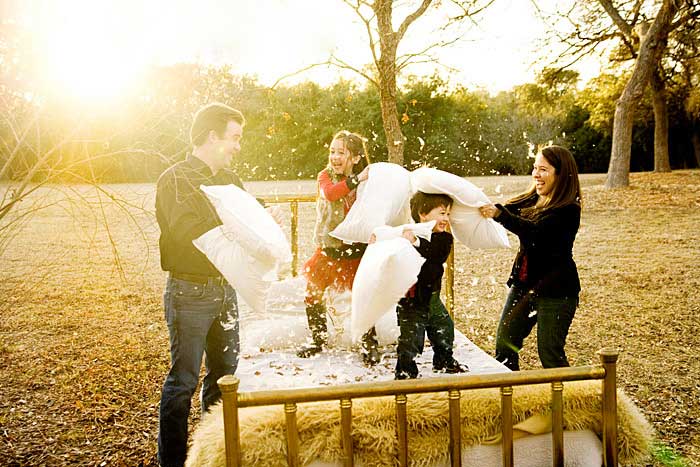
4. Overexpose just a touch.
When your subject is against a bright background, the typical camera settings and metering will often underexpose your subject. By overexposing your settings just a touch, the subject will be darker and more properly exposed for the backlight. In simple terms, darken the shutter speed a few steps above what your exposure level indicator tells you (that's the little meter/ruler seen when you look inside the camera).
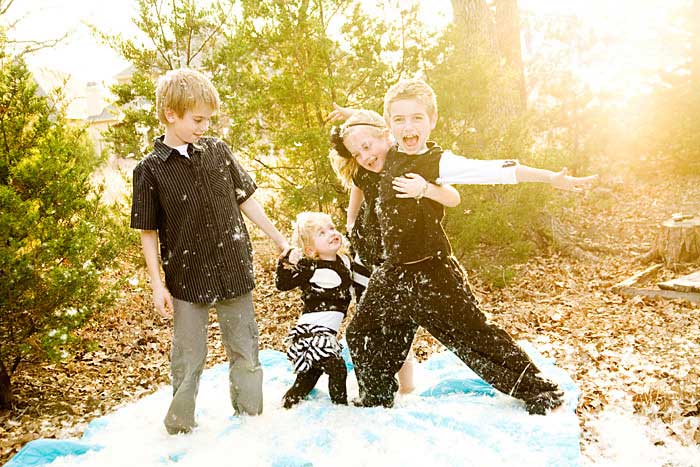
5. Keep the sun out of view.
Don't shoot directly into the sun. This is a common mistake when taking backlit images, and really the main light source of the sun is best left just out of the frame. It will wash out the picture and take out the details out of the person or object in front. If you have partial sun in the image, it won't be as harsh, and it also better follows the rule of thirds, too.
With backlighting, you can read these tips over and over again, but you really have to go out there and practice to really "get it." So remember these tips, grab your camera, and go give it a try!
Bonus: If you want to learn more about photography and taking better photos, try a photography course from NYIP today! Request your free photo course catalog here.



